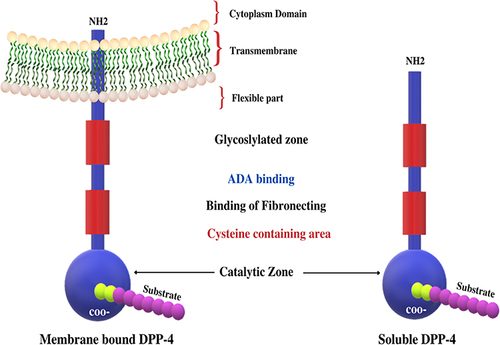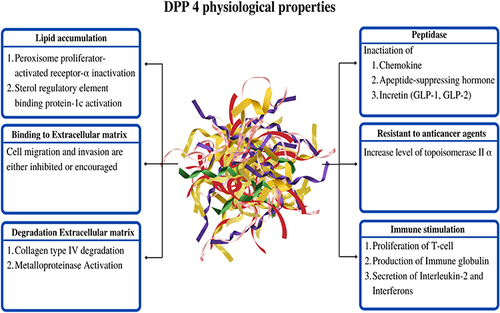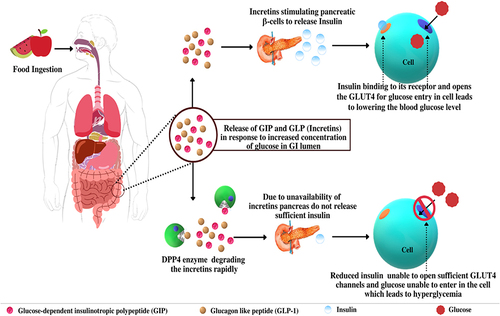Figures & data
Figure 1 Graphical representation of the concentration and activity of DPP-4 in different organs/tissues/cells.
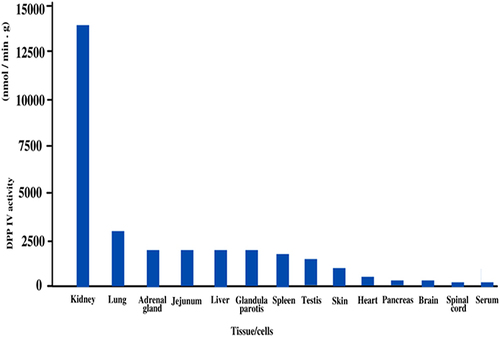
Table 1 Various Target Peptide of DPP-4
Figure 5 Schematic representation of HCV infected hepatocytes releases IP-10 responsible for an immune response towards HCV infection but DPP-4 level elevated due to CD8+ cells attacked by HCV. Increased DPP-4 converted the IP-10 into an inactive form which suppresses the immune response and on the other hand DPP-4 results in glucose intolerance by degrading incretins. Interferon and DPP-4 inhibitors are found to be significant in both HCV resulting conditions.
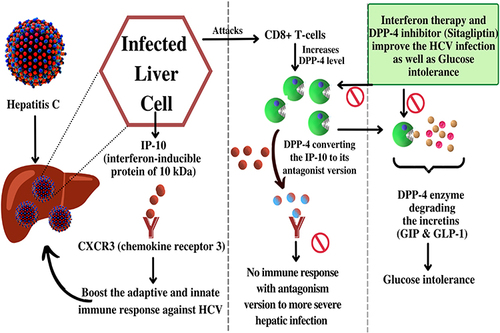
Figure 6 Non-alcoholic fatty liver disease results in an increased level of DPP-4 expression leads to hepatic insulin sensitivity and liver steatosis but sitagliptin and omarigliptin improve the conditions.
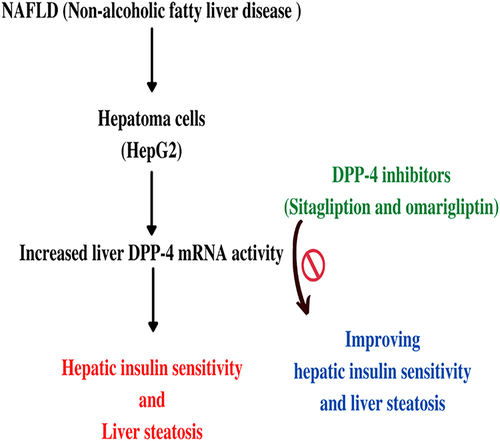
Figure 7 Liver diseases cause an increase in DPP-4, which causes glucose intolerance and DPP-4 inhibitors lead to relief in glucose intolerance as well as in liver conditions.
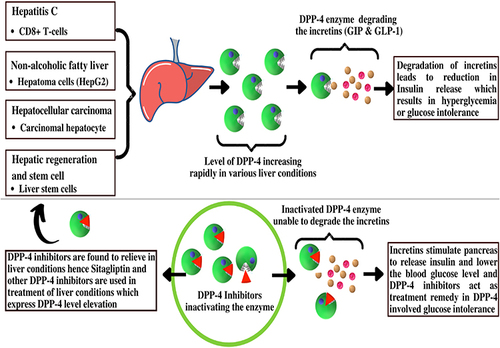
Table 2 Various Mechanisms of Action and Management of Some DPP-4-Associated Liver Diseases

